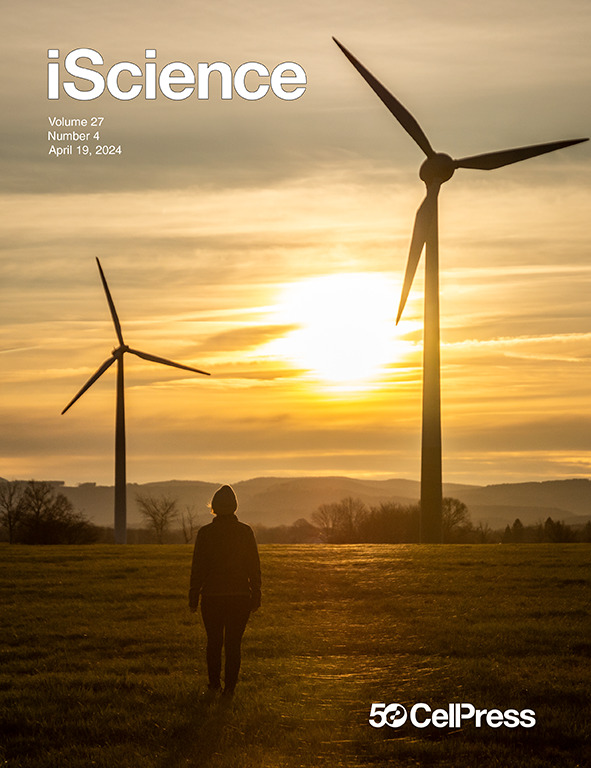来自肠道微生物组和栖息地景观的证据表明,海南长臂猿仍面临灭绝的威胁
IF 4.6
2区 综合性期刊
Q1 MULTIDISCIPLINARY SCIENCES
引用次数: 0
摘要
人们对世界上最稀有的灵长类动物--海南长臂猿的群体健康状况知之甚少。在这里,研究人员从海南长臂猿现存的五个繁殖群中采集了42个样本,这些样本来自不同年龄和性别的个体,还包括旱季和雨季,从而建立了迄今为止最大的肠道微生物组数据集。值得注意的是,C 组的肠道微生物多样性最低,而与病媒相关的长臂猿病毒含量较高,这可能与它们靠近原始森林边缘和村庄有关。这些发现表明,海南长臂猿仍然面临着病毒性人畜共患病和灭绝的威胁,而对肠道微生物组和栖息地景观生态学的了解则揭示了这一点。本文章由计算机程序翻译,如有差异,请以英文原文为准。

Evidences from gut microbiome and habitat landscape indicate continued threat of extinction for the Hainan gibbon
Little is known about the population health status of the world’s rarest primate, the Hainan gibbon. Here, the largest gut microbiome dataset yet constructed was generated from all five extant breeding groups of the Hainan gibbons, with 42 samples from individuals spanning all ages and sexes, in addition to dry and wet seasons. Groups A and B exhibited higher diversity of gut microbiota and food resources, in contrast to the subsequently established Groups C, D, and E. Significantly, Group C demonstrated the lowest gut microbial diversity and higher abundance of vector-related Pestivirus, which may be attributed to their proximity to the primary forest edge and the village. We also inferred the origin and possible dispersal paths of the newly established Group E. These findings indicate that Hainan gibbons are still facing viral zoonosis and the threat of extinction, as illuminated by an understanding of the gut microbiome and habitat landscape ecology.
求助全文
通过发布文献求助,成功后即可免费获取论文全文。
去求助
来源期刊

iScience
Multidisciplinary-Multidisciplinary
CiteScore
7.20
自引率
1.70%
发文量
1972
审稿时长
6 weeks
期刊介绍:
Science has many big remaining questions. To address them, we will need to work collaboratively and across disciplines. The goal of iScience is to help fuel that type of interdisciplinary thinking. iScience is a new open-access journal from Cell Press that provides a platform for original research in the life, physical, and earth sciences. The primary criterion for publication in iScience is a significant contribution to a relevant field combined with robust results and underlying methodology. The advances appearing in iScience include both fundamental and applied investigations across this interdisciplinary range of topic areas. To support transparency in scientific investigation, we are happy to consider replication studies and papers that describe negative results.
We know you want your work to be published quickly and to be widely visible within your community and beyond. With the strong international reputation of Cell Press behind it, publication in iScience will help your work garner the attention and recognition it merits. Like all Cell Press journals, iScience prioritizes rapid publication. Our editorial team pays special attention to high-quality author service and to efficient, clear-cut decisions based on the information available within the manuscript. iScience taps into the expertise across Cell Press journals and selected partners to inform our editorial decisions and help publish your science in a timely and seamless way.
 求助内容:
求助内容: 应助结果提醒方式:
应助结果提醒方式:


